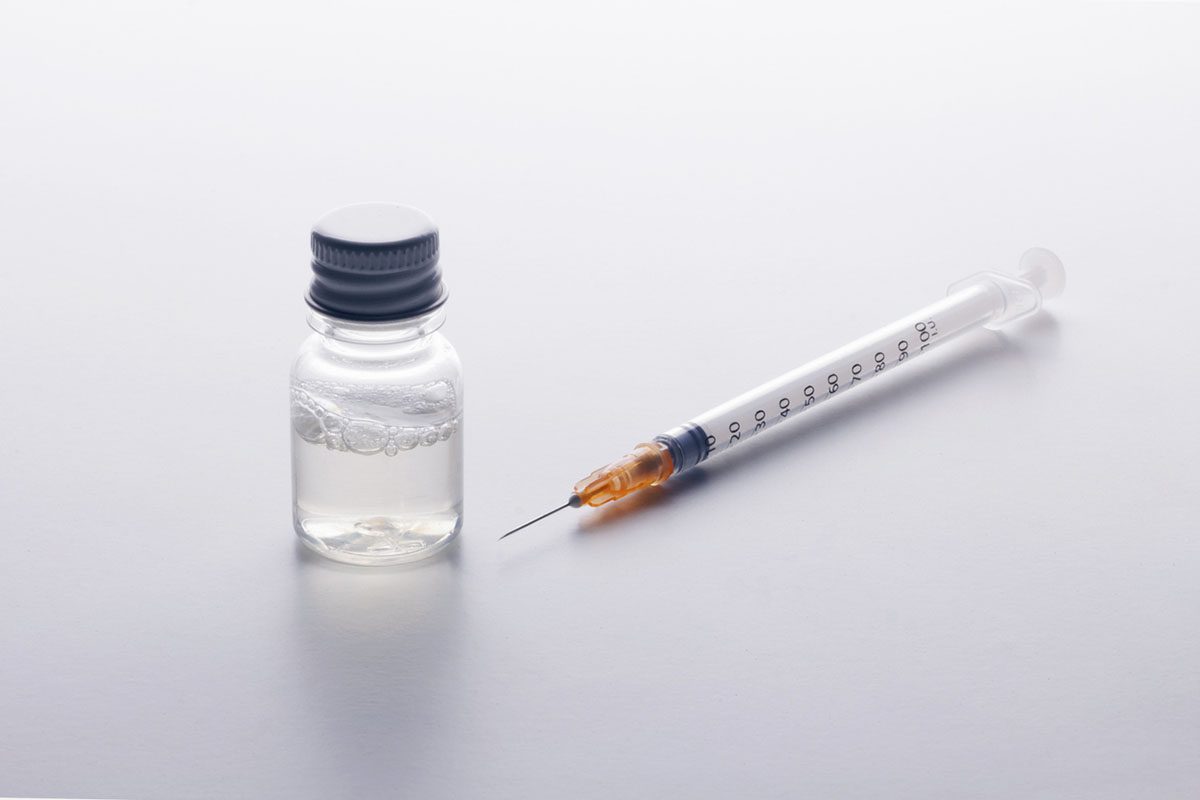History of Alcohol and/or Drug Problems and Their Relationship to Disruptive Behaviors in the Medical Setting
To the Editor: Alcohol and drugs can precipitate aggressive behavior in susceptible individuals. In this study, we examined whether histories of alcohol and/or drug problems would relate to disruptive behaviors in the medical setting.
Method. Participants were men and women aged 18 years or older being seen for non-emergent medical care at a resident-provider internal medicine outpatient clinic. We excluded individuals with compromising symptoms of a severity that would preclude the ability to successfully complete a survey.
Of the 441 individuals approached, 401 (90.9%) agreed to participate. Of these, 394 completed relevant study measures (64.5% female; age range, 18-92 years [mean = 53.38, SD = 16.23]; 89.6% white). All but 7.6% had graduated from high school; 26.5% had a bachelor’s degree.
During clinic hours, one of the authors approached consecutive incoming patients, informally assessed exclusion criteria, and then invited candidates to participate by completing a survey, which took about 10 minutes.
Following queries about demographic information, we then asked, “Have you ever had a problem with alcohol?” and “Have you ever had a problem with drugs?” (ie, elemental inquiries that mirror typical clinician queries in the clinical setting), with yes/no response options. We then asked respondents about engagement in any of 17 disruptive behaviors in the medical setting, eg, yelled or screamed at medical personnel, cursed at medical personnel, verbally threatened medical personnel, stormed out of an appointment (the author-developed Disruptive Behaviors Survey, as it was presented to participants, is available at www.MindingtheMind.com/disruptivebehaviors.pdf). This project was approved by 2 institutional review boards. Participants were informed on the survey cover page that completion of materials constituted informed consent.
Results. Of the 394 respondents, 38 (9.6%) indicated having had a problem with alcohol and 29 (7.4%) a problem with drugs (16 respondents for alcohol but not drugs; 7 respondents for drugs but not alcohol; and 22 respondents for both alcohol and drugs). The number of endorsed disruptive behaviors ranged from 0 to 11, with 49.0% of respondents endorsing at least 1 behavior (9.1% endorsed 1 behavior; 20.3%, 2 behaviors; 10.4%, 3 behaviors; 5.6%, 4 behaviors; and 3.6%, 5 or more behaviors). To ensure that statistical outliers did not exert an undue influence on analyses, we truncated the total number of disruptive behaviors at 5.
Respondents who indicated a history of alcohol problems reported a statistically significantly greater number of disruptive behaviors in the medical setting (mean = 1.71, SD = 1.83) than respondents who did not indicate a history (mean = 1.16, SD = 1.42) (F1,392 = 4.91, P < .05). Similarly, respondents who indicated a history of drug problems reported a statistically significantly greater number of disruptive behaviors in the medical setting (mean = 2.03, SD = 1.76) than respondents who did not indicate a history (mean = 1.15, SD = 1.43) (F1,392 = 10.06, P < .01).
The potential limitations of this study include the self-report nature of the data and imprecise definition of “alcohol problem” or “drug problem.” However, this is the first study to our knowledge to examine relationships between alcohol and/or drug problems and disruptive behaviors in the medical setting. Findings suggest that medical personnel be alert to the potential risks of treating individuals with past and/or current alcohol and/or drug problems.
Author affiliations: Departments of Psychiatry and Internal Medicine, Wright State University School of Medicine, Dayton; and Department of Psychiatry Education, Kettering Medical Center, Kettering (Dr Sansone); Department of Internal Medicine, Kettering Medical Center, Kettering (Dr Farukhi), Ohio; and Department of Human Relations, Columbia College, Columbia, South Carolina (Dr Wiederman).
Potential conflicts of interest: None reported.
Funding/support: None reported.
Published online: September 6, 2012.
Prim Care Companion CNS Disord 2012;14(5):doi:10.4088/PCC.11l01295.
© Copyright 2012 Physicians Postgraduate Press, Inc.





